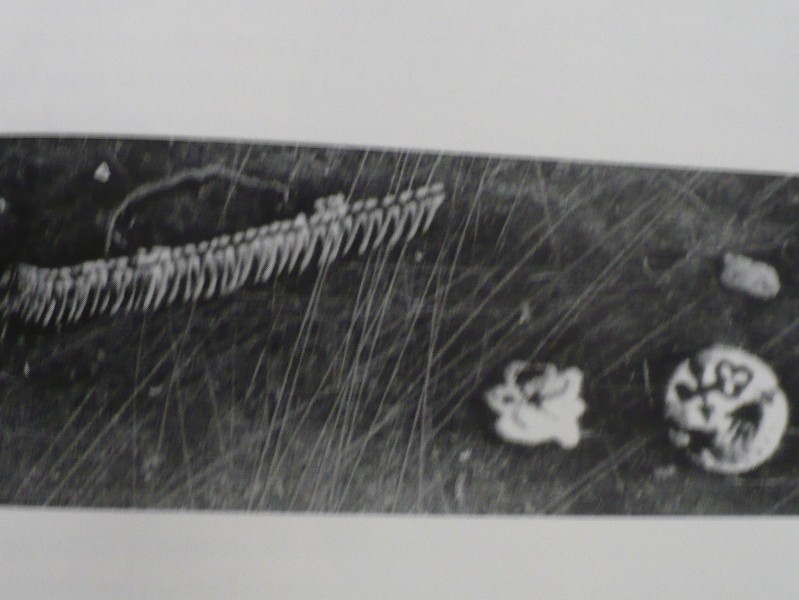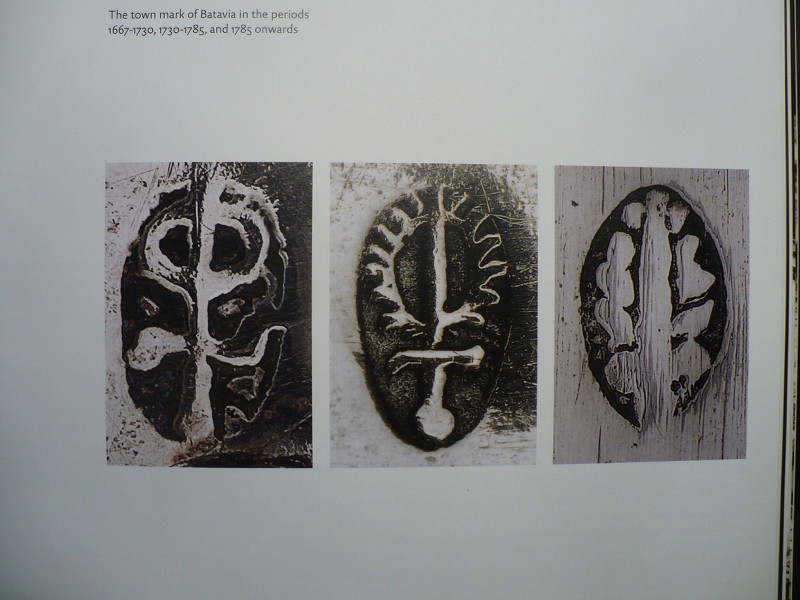oel wrote:Hi Gary, welcome to the forum. The tea caddy appears to have Islamic Indian and or Persian motifs. The unclear marks do not have any resemblance to the known VOC marks used in former Batavia or Ceylon, as such I would not call the tea caddy Dutch. If it is open-worked (liner?)I doubt it to be a tea caddy and perhaps more a holder for potpourri. In my opinion, based upon your image, the time period not early 18th but rather 19th century-early 20th period. Could you give use the sizes and how does the stopper looks like?
Below the known Ceylon (Colombo) & Batavia town marks;

Colombo double mark; key with arrow and town mark Colombo before 1760, later up flying pigeon and pigeon on mango tree

Batavia
Peter.
Thank you very kindly for assistance Peter. Its much appreciated.
I must correct myself the body is not fully worked open. So it think i will stick with a teacaddy for that matter?
They depiction of indian camels and eliphants could well mean that its from India or Persia.
also the general look of motifs are very islamic/persian. And so do the marks.
Please find better quality images below
What are your thoughts after seeing these and the stopper.
Thank you and kind regards.













